Sites of Water Evaporation from within Leaves
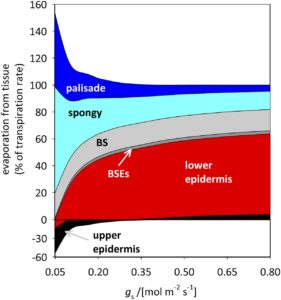 Current available evidence suggests that the location of the sites of evaporation is important for many questions across plant physiology, including patterns of leaf isotopic enrichment, maintenance of mesophyll water status, stomatal regulation, and interpretation of measured stomatal and leaf hydraulic conductances. To resolve these questions, Buckley et al. (pp. 1763–1782) argue that models must extend beyond the substomatal cavity to include realistic depictions of tissues and conditions deeper in the leaf. However, most previous studies of the evaporating sites have been confined to single species or have used generic models that are not suitable for exploring the effects of species variation in leaf internal anatomy. To overcome these limitations, the authors used an anatomically and biophysically explicit model of coupled heat and water transport outside the xylem, MOFLO 2.0, parameterized for 14 diverse angiosperm species, to analyze the sites of evaporation within leaves in relation to anatomy and environmental conditions. Their objectives were to map the distribution of net evaporation across tissues within a single leaf areole, to determine how that distribution is affected by leaf anatomy and environmental conditions and to explore implications of the evaporating sites for measurements and inferences across plant physiology. Their results corroborate earlier predictions that most evaporation occurs from the epidermis at low light and moderate humidity but that the mesophyll contributes substantially when the leaf center is warmed by light absorption and more so under high humidity.
Current available evidence suggests that the location of the sites of evaporation is important for many questions across plant physiology, including patterns of leaf isotopic enrichment, maintenance of mesophyll water status, stomatal regulation, and interpretation of measured stomatal and leaf hydraulic conductances. To resolve these questions, Buckley et al. (pp. 1763–1782) argue that models must extend beyond the substomatal cavity to include realistic depictions of tissues and conditions deeper in the leaf. However, most previous studies of the evaporating sites have been confined to single species or have used generic models that are not suitable for exploring the effects of species variation in leaf internal anatomy. To overcome these limitations, the authors used an anatomically and biophysically explicit model of coupled heat and water transport outside the xylem, MOFLO 2.0, parameterized for 14 diverse angiosperm species, to analyze the sites of evaporation within leaves in relation to anatomy and environmental conditions. Their objectives were to map the distribution of net evaporation across tissues within a single leaf areole, to determine how that distribution is affected by leaf anatomy and environmental conditions and to explore implications of the evaporating sites for measurements and inferences across plant physiology. Their results corroborate earlier predictions that most evaporation occurs from the epidermis at low light and moderate humidity but that the mesophyll contributes substantially when the leaf center is warmed by light absorption and more so under high humidity.


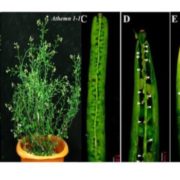
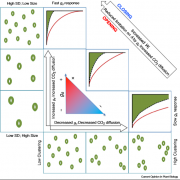
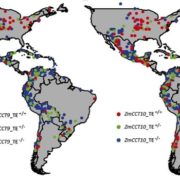
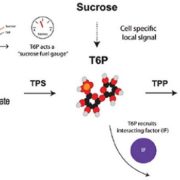
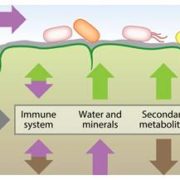
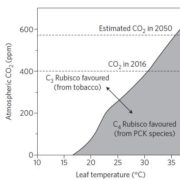
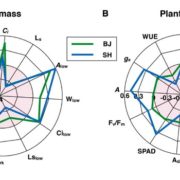
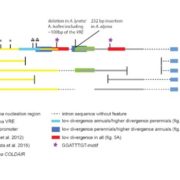


Leave a Reply
Want to join the discussion?Feel free to contribute!